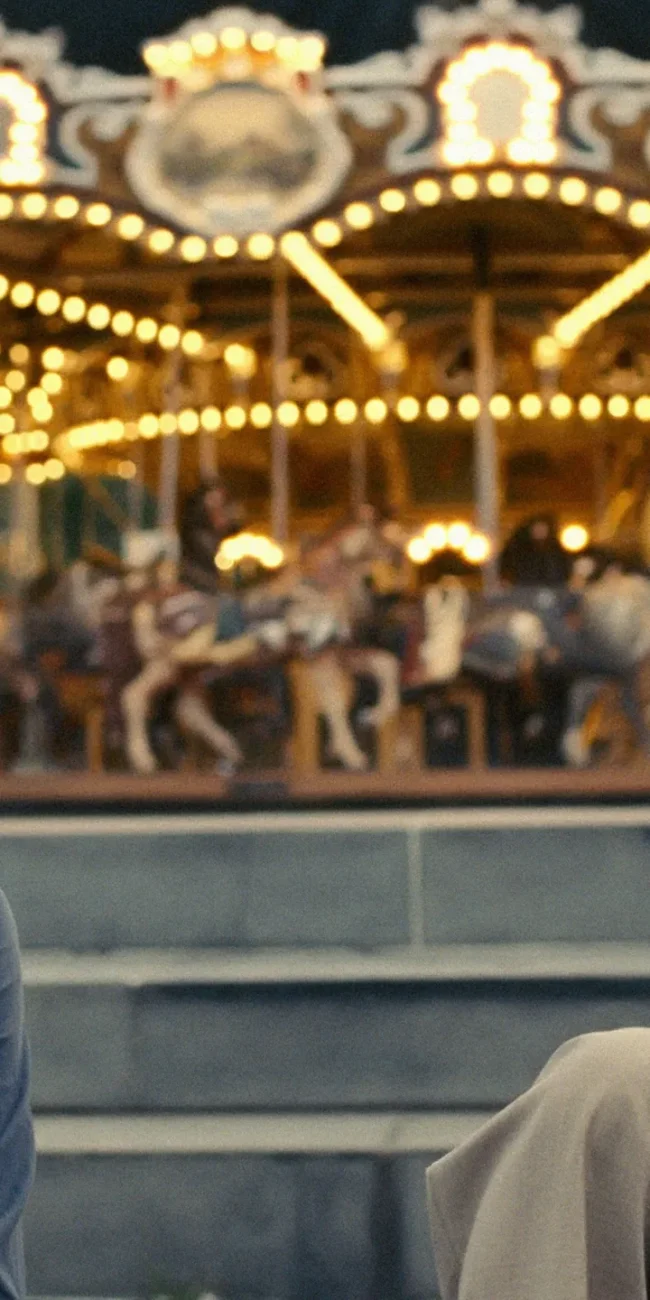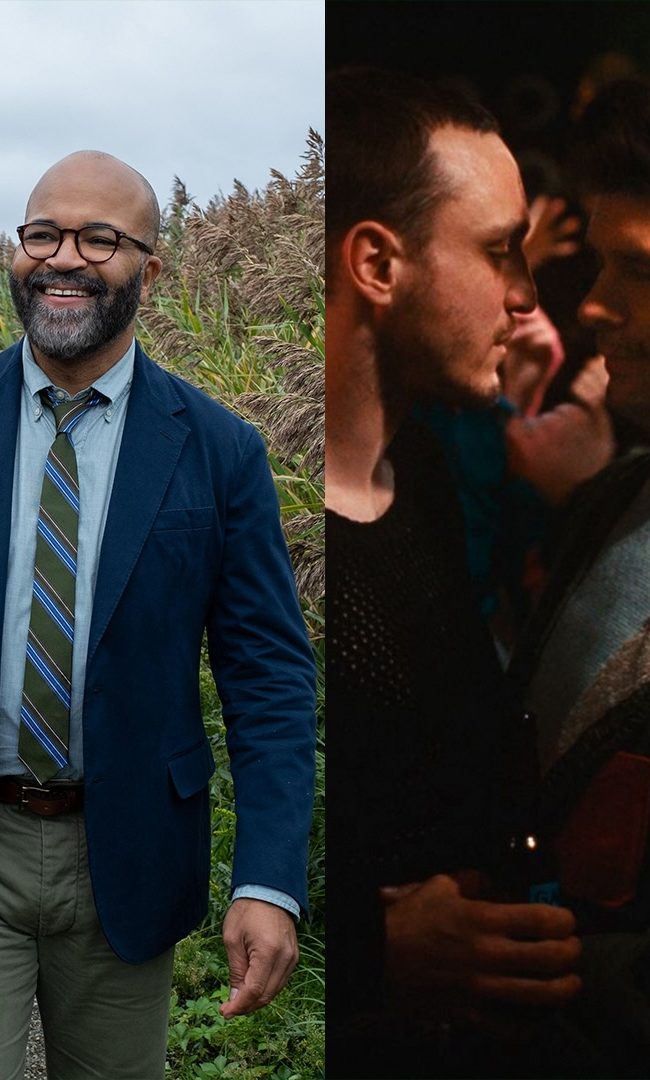That’s a Wrap on the 2019 Montana International Film Festival!
 Something special is emerging in Billings, Montana. The Montana International Film Festival (MINT) held its second annual film festival last weekend with 5 days of movies, panels and parties. A common theme around the festival was heart, which the fest sure has a lot to spread around.
Something special is emerging in Billings, Montana. The Montana International Film Festival (MINT) held its second annual film festival last weekend with 5 days of movies, panels and parties. A common theme around the festival was heart, which the fest sure has a lot to spread around.
MINT closed Sunday with a fireside awards ceremony at Bar MT after closing night film Robert The Bruce. The feature film about the Scottish King was made in Montana and Scotland and featured a lot of Montana talent which led to a packed-out screening with over 750 in attendance. Anyone who goes to festivals knows that a closing night that is packed out is something special. Usually people leave town, people are tired from the weekend, and a smaller audience usually participates. But not in Billings, where everyone showed up to be part of this momentous event.
The film, directed by Australian filmmaker Richard Grey, picks up its pace in the third act once Bruce (played by Angus Macfadyen) wakes up from his attempt at failing Scotland due to a family that refuses to give up on his dream. The quiet but epic drama parallels a pivotal moment in Robert’s history with the shift in attitude of those who fight beside him for the betterment of their country. It is a reminder that we are better when we are united as people. The film world premiered at Edinburgh Film Festival and had its North American premiere at MINT to a standing ovation during the credits. While the same subject as The Outlaw King on Netflix, the two films tackle a very different look at Robert The Bruce. In particular, Diarmaid Murtagh plays the most noble and human version of James the Douglas I’ve seen portrayed. Writer Eric Belgau said during the Q&A that he wanted to look at the point in which Robert the Bruce disappeared for an entire winter and take on the story often shared of that time of a mother who nursed him back to health. For Belgau, finding the strong female in the story was important as he said that women are often left out of history despite their impact.
I was on hand as a juror in the documentary feature category which we (Greg Hamilton, Ted Kim and me) provided an award to Hugh Hefner’s After Dark: Speaking Out in America by Academy-Award winning filmmaker Brigitte Berman.
Speaking for the jury, Hamilton said, “This year’s Documentary Feature winner captured several essential truths about the human condition, while pushing the audience to consider a new perspective of something controversial. It’s a compelling film with a maverick sensibility that magnifies the values of creativity, inclusion and diversity through the complex viewfinder of our collective history.”
Besides the doc features, I mostly caught short films all weekend including the wonderfully curated block of Indigenous films which, as I wrote in my preview, would be a highlight. It was. Amongst the highlights in the block were Reclamation: The Rise at Standing Rock by Michele Noble about the protests, mostly youth-led, against DAPL and the pipeline. Zombies and Indians by Keith Lawrence was a fun escape from what Jane Lind mentioned on the Indigenous panel that “we are people and not museum pieces.” The movie imagines a future where Indigenous people are fighting against zombies and must make a decision to allow an elder into their barricade. And here I thought there were no more zombie stories to be told – they sure proved me wrong. The winning film for the Indigenous category in this block was Blackfeet Flood, which touches on a dam break that I knew nothing of but decimated a tribal area in Montana 50 years ago. The story follows the survivors of the flood as they live out their lives on the reservation, some returning for the first time 50 years later. I have to admit, I cried and was so impressed by the films ability to keep us engaged with strangers that we felt connected to by the end.
Before the films was the Indigenous panel with Jane Lind, Michael and Eddie Spears, all Native American actors in the industry. Discussing their backgrounds and proper representation on film, the three touched on the importance of going to the source and asking before assuming, something many have dealt with in terms of costuming, misunderstanding of the different tribes and so claimed “experts” hired by films that do not know much of the culture.
But the three encouraged more cooperation in the industry from those who are not Native. The progress has been seen in Australia and Canada but is slower to happen in America despite some new television and movies representing Indigenous in a fairer light.
“You don’t have to be native to help us tell our stories,” Lind shared.
The panel meant a lot to me as my grandfather was Chumash, a tribe native to California, and starred in a lot of Westerns when he was a child but due to his paler skin often represented as a White child of a cowboy. As the first generation in my family to not be on the “rolls” and therefore considered “not Native” my heritage has been one of confusion and avoidance despite being raised to celebrate Chumash culture on the tribal lands. As a “White Girl,” I felt I did not belong and therefore avoided. The panel discussion reminded me that it is important to celebrate and highlight Indigenous culture in our country. I, for one, as a programmer of a festival, pledge to do a better job of this. I owe this to MINT.
Michael Spears added that “everyone has a tribe, a ceremony, and it is based in heart,” to which an audience member exclaimed that they overestimate love in white culture. The emotional and heartfelt discussion went on from there to discuss how media continues to repress Indigenous culture today and led to a discussion throughout the rest of the festival at the VIP lounge and at parties about the importance of representation and supporting stories like this on the big screen. The state of Montana just approved some new film incentives that I think will help lend itself to this. And the passionate people in Montana, with their big hearts and even bigger stories, may just make it happen as well so that we can see them on display at future MINTs.
A complete list of awards follows below:
Narrative Feature
*WINNER*
ONCE UPON A RIVER
Directed by Haroula Rose
*SPECIAL JURY AWARD*
Kenadi Delacerna
ONCE UPON A RIVER
For Acting
Documentary Feature
*WINNER*
HUGH HEFNER’S AFTER DARK: SPEAKING OUT IN AMERICA
Directed by Brigitte Berman
MINT Spirit Award
BOOM! A Film About the Sonics
Directed by Jordan Albertsen
Made In Montana
BLACKFEET FLOOD
Directed by Torsten Kjellstrand & Ben Shors.
Female Director
*WINNER*
DETAINED
Directed by Khushnuda Shukurova
Narrative Short Film
*WINNER*
PASTALIGHT
Directed by Christopher Martini
Documentary Short Film
*WINNER*
HISTORY OF MEMORY
Directed by Sarah Klein & Tom Mason
Indigenous Voices Award
*WINNER*
BLACKFEET FLOOD
Directed by Torsten Kjellstrand & Ben Shors
Special Jury Prize
RECLAMATION: THE RISE AT STANDING ROCK
Directed by Michele Noble.
Like what you see here on Hammer to Nail? Why not pay just $1.00 per month via Patreon to help keep us going?
– Melanie Addington (@MelAddington)
Guest writer, Executive Director, Oxford Film Festival











